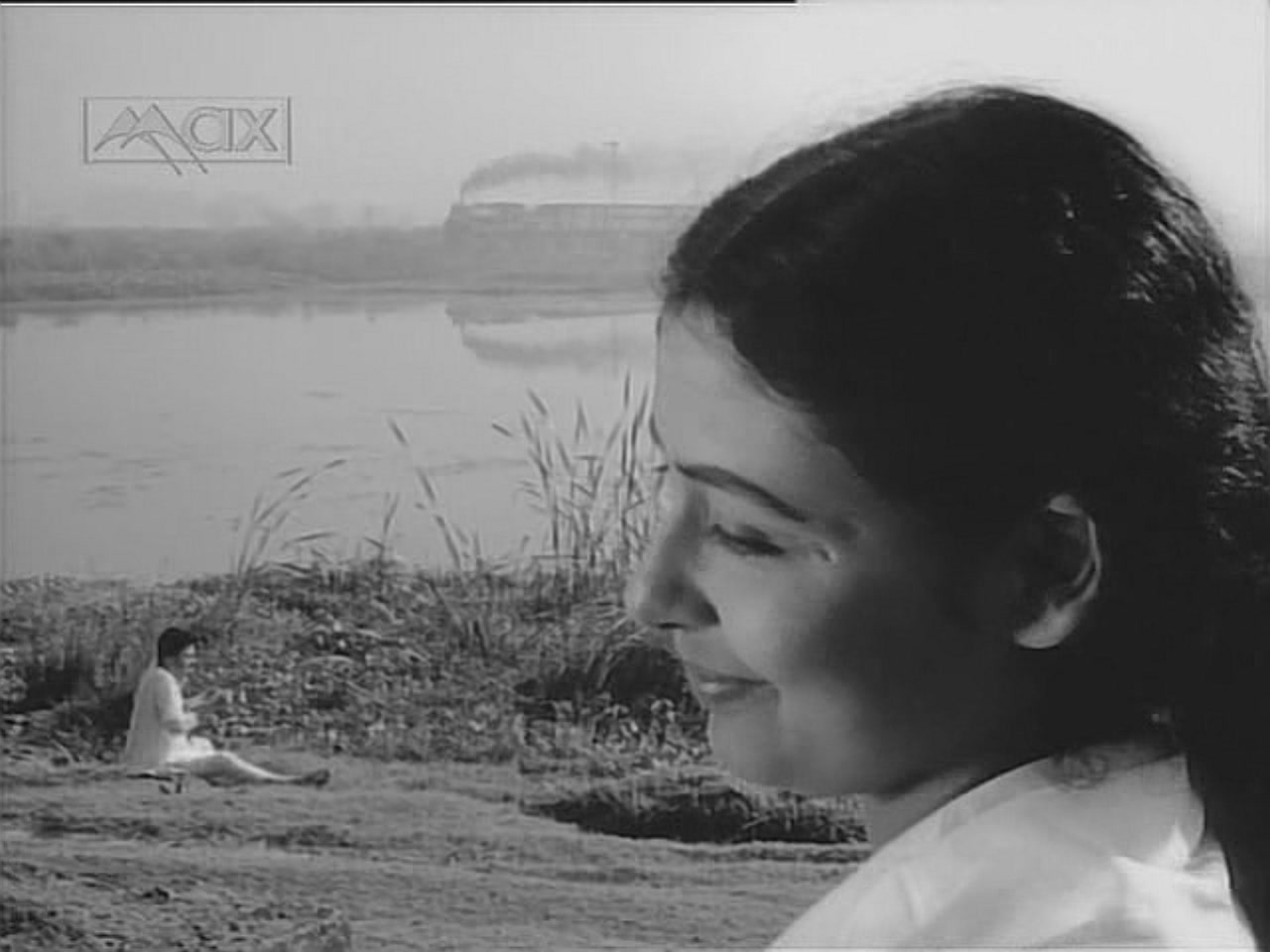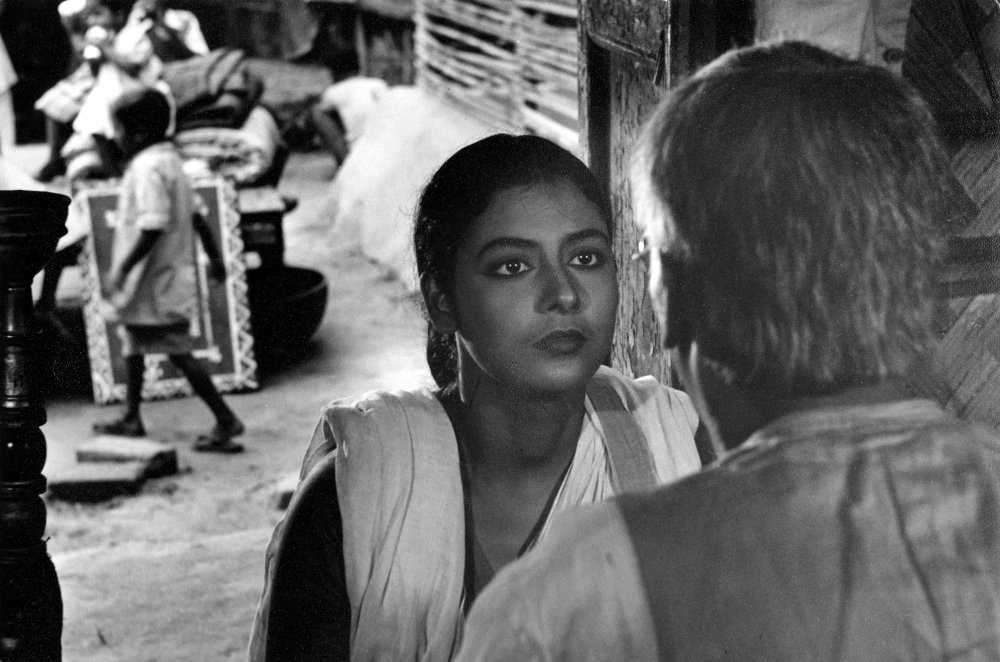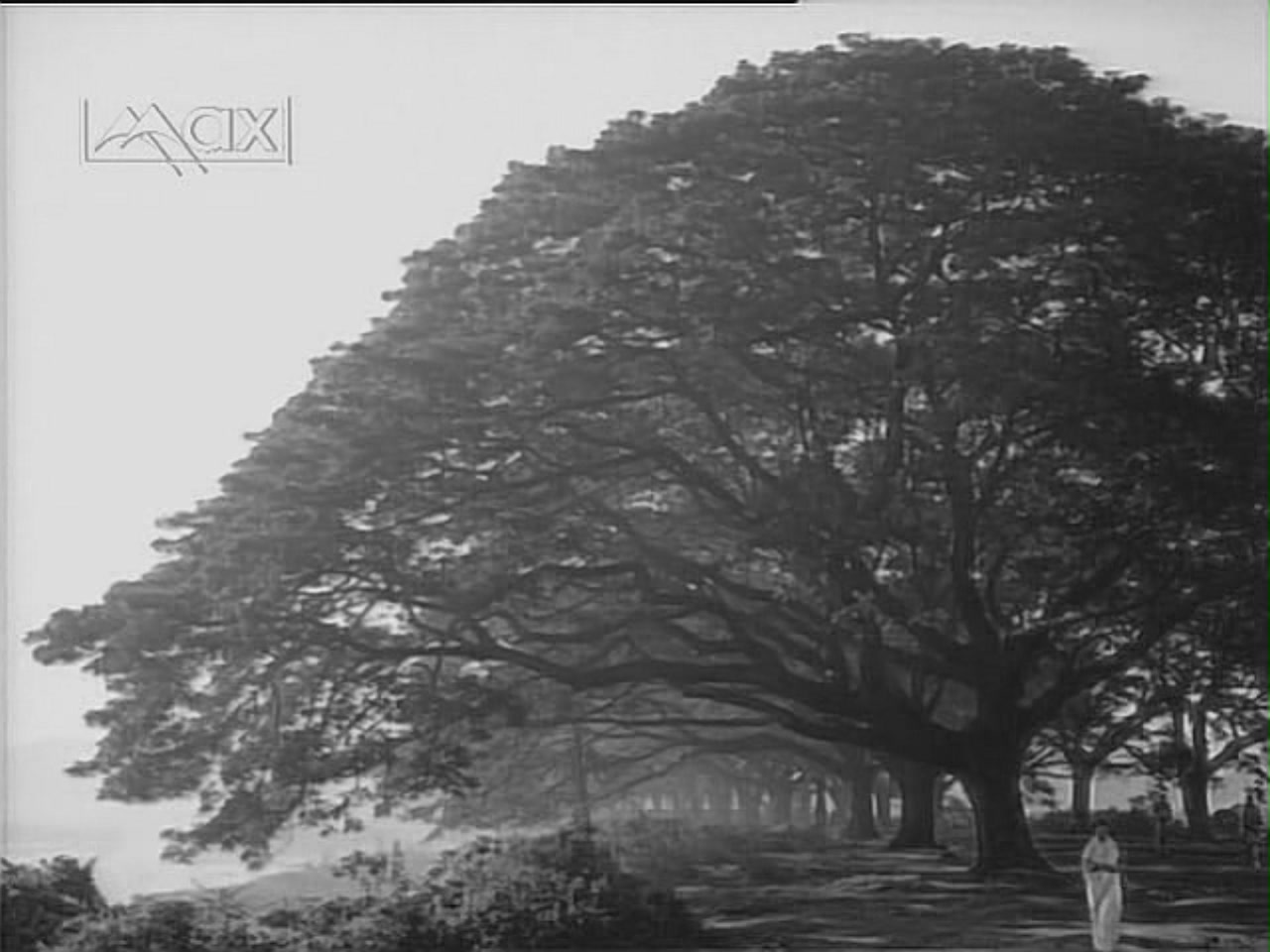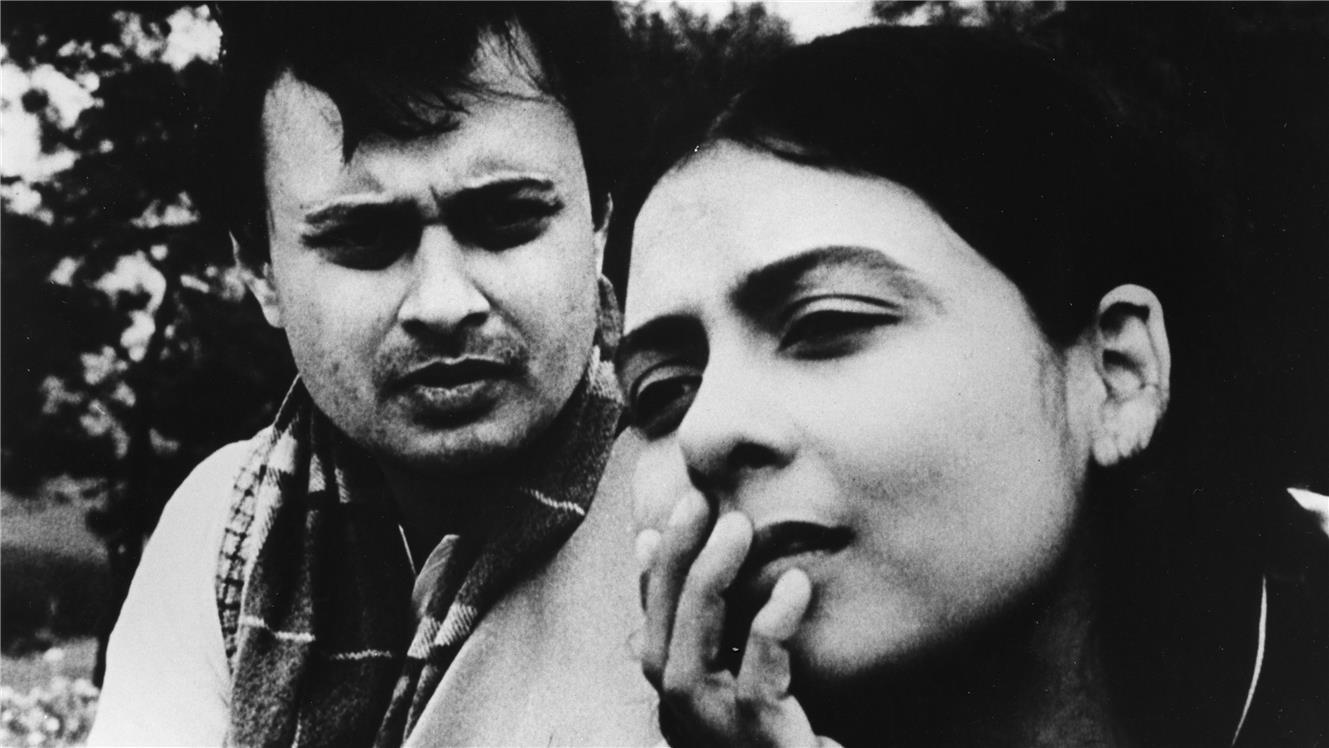It would be easy, accurate, and a little reductive to call Ritwik Ghatak “the poet of Partition.” But it’s inescapable. Ghatak’s films are obsessed with that existential trauma, even in something like previous Counter-Programming entry Ajantrik. Here is a guy who can make a love story about a man and his car, a sort of fart-filled Herbie, and still conjure up deeply-felt anxieties about colonialism and territorial integrity. In 1960’s The Cloud-Capped Star, we get something significantly more angry.

There are no farting cars in The Cloud-Capped Star, though the sound design is still integral to the aesthetic. (If Ajantrik mined laughs from the failing vehicle, The Cloud-Capped Star has more jarring things in mind with every sizzling stove.) But we are now in a full-fledged melodrama.
The narrative is brief and brutal. Neeta (Supriya Choudhury) takes care of her family — two parents, three siblings. They depend on the money she’s able to raise from a teaching gig. Her father is an intellectual who increasingly realizes he’s betrayed her kindness and filial care. Her mother resents her seeming angelic behavior, inventing reasons for irritation while simultaneously conveying a sense of her own loss in life. Her sister is a conceited sort of monster. Her two brothers are either entitled or simply able to shrug off her sacrifices, as they pursue their own goals.

Much of The Cloud-Capped Star takes place in the family home, or in the marketplace, or, significantly, near the river. This is where we first meet Neeta and her song-singing brother Shankar (Anil Chatterjee). Their relationship will form the crux of the film, though Ghatak cleverly incorporates all sorts of relations into the narrative. It’s a surprisingly sprawling film, given the focus on the home — we keep going outside.
Shankar’s love for his sister is evident, as is hers for him. This is presented in the first frame, as she finds him practicing under a tree. (In a staggeringly astute formal analysis, Raymond Bellour examines its relevance.) He’ll go on to great success, though too late; she will end up in a sanitarium in the mountains, crying out, in what some folks call Bollywood’s most famous line, “I wanted to live!” Here we are.

Ghatak’s anti-colonial feminism is on full display. The Cloud-Capped Star is an angry film, at times a strident one, but always visually compelling. As though in a direct appeal to my personal sensibilities, the train plays a central role.
Ghatak embodies Partition through actual cuts in the frame, the passing train being the most obvious one. Nothing seems to hold as modernity divides our protagonists. Love brings people together, but all kinds of distances and desires separate them. Ghatak seems to feel it could’ve been another way.
Along with the anger, there’s a deep sorrow, a deep pessimism about the future. Even the acute angles suggest something off balance. Neeta has an opportunity to find happiness with a man she admires; he’ll end up with her sister instead, since there’s no time for their love between her work and his ambition.
 Is it all so obvious? The Cloud-Capped Star certainly doesn’t hide its affinities. Ghatak films in broad strokes half the time, without filters, and with extraordinary nuance for the rest. The Bengali specificity is there, but there’s a more general, even universal rage here. I have trouble even getting at my admiration for this movie. Like The Goddess, it’s exactly the sort of film I hoped to see when considering this series. It is so rooted in its moment, and so applicable to ongoing struggles, that I just wonder at it.
Is it all so obvious? The Cloud-Capped Star certainly doesn’t hide its affinities. Ghatak films in broad strokes half the time, without filters, and with extraordinary nuance for the rest. The Bengali specificity is there, but there’s a more general, even universal rage here. I have trouble even getting at my admiration for this movie. Like The Goddess, it’s exactly the sort of film I hoped to see when considering this series. It is so rooted in its moment, and so applicable to ongoing struggles, that I just wonder at it.
Ghatak would survive another 16 years after its release, eventually recognized as a master filmmaker, though increasingly lost to alcoholism and depression. Some of the songs in The Cloud-Capped Star would become the most famous of their kind. They remain, and the images remain.

